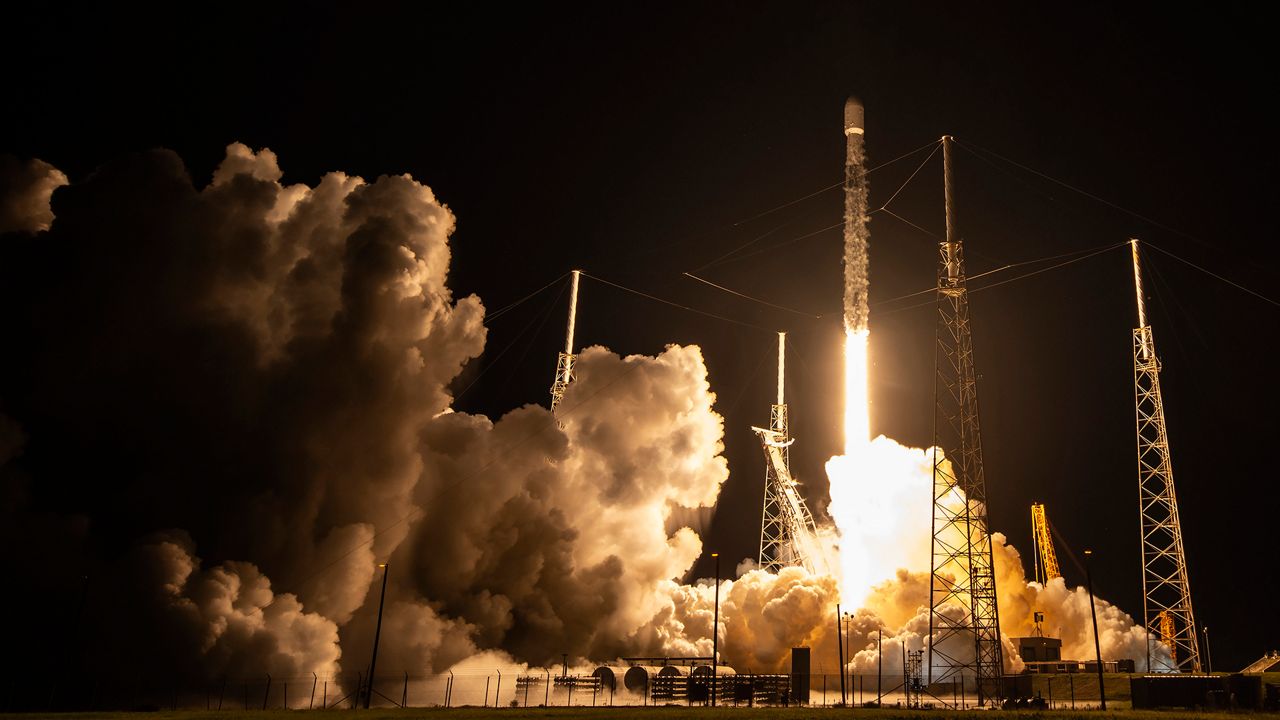SpaceX to Launch 22 Starlink Satellites to Orbit This Evening

SpaceX is scheduled to launch 22 Starlink satellites to orbit from Launch Complex 40 at Cape Canaveral Space Force Station in Florida this evening, September 29, 2023, at 11:38 p.m. EDT (0338 UTC). The launch will be the 69th orbital launch for SpaceX in 2023, and about 60% of those flights have been dedicated to building out the company's Starlink network.
Advertisement
The Starlink satellites will be deployed into low Earth orbit (LEO) about 65 minutes after launch. Once in orbit, the satellites will begin the process of raising their altitude and spreading out into their operational positions.
The Starlink network is a constellation of broadband internet satellites that is being designed to provide high-speed internet access to people around the world. The network is currently in beta testing, but SpaceX has said that it plans to begin offering commercial service in 2023.
SpaceX has already launched over 3,000 Starlink satellites to orbit, and the company plans to launch thousands more in the coming years. The Starlink network is expected to revolutionize the way people access the internet, especially in rural and underserved areas.
This evening's launch will be visible from the Florida coast, and it will be streamed live on the SpaceX website and YouTube channel.
What is Starlink?
Starlink is a satellite internet constellation operated by SpaceX. It is designed to provide high-speed, low-latency internet access to people around the world, especially in rural and underserved areas.
Advertisement
Starlink satellites are deployed in low Earth orbit (LEO), which means that they are much closer to Earth than traditional geostationary satellites. This allows for shorter signal travel times and lower latency, which is essential for many online activities, such as gaming and video streaming.
How does Starlink work?
Starlink satellites communicate with each other and with ground stations to create a mesh network. This means that there is no need for a central server, and the network can continue to operate even if some satellites are unavailable.
To access the Starlink network, users need to purchase a Starlink user terminal. The user terminal is a small dish-shaped antenna that is mounted on a roof or other structure. The user terminal communicates with the Starlink satellites to provide internet access to the user's devices.
What are the benefits of Starlink?
Starlink offers several benefits over traditional internet services, including:
- High speed: Starlink satellites are able to provide gigabit-speed internet access.
- Low latency: Starlink's low Earth orbit satellites provide low latency, which is essential for many online activities.
- Global coverage: Starlink is designed to provide internet access to people all over the world, including rural and underserved areas.
- Reliability: Starlink's mesh network design makes it more reliable than traditional internet services, which are often reliant on a central server.
What are the drawbacks of Starlink?
Starlink is still in beta testing, and there are a few drawbacks to the service, including:
- Cost: The Starlink user terminal is currently priced at $599, and the monthly subscription fee is $99.
- Availability: Starlink is not currently available to everyone. The service is currently in beta testing, and it is only available to people in certain areas.
Overall, Starlink is a promising new technology that has the potential to revolutionize the way people access the internet. The service is still in its early stages of development, but it is already offering high-speed, low-latency internet access to people in many parts of the world.